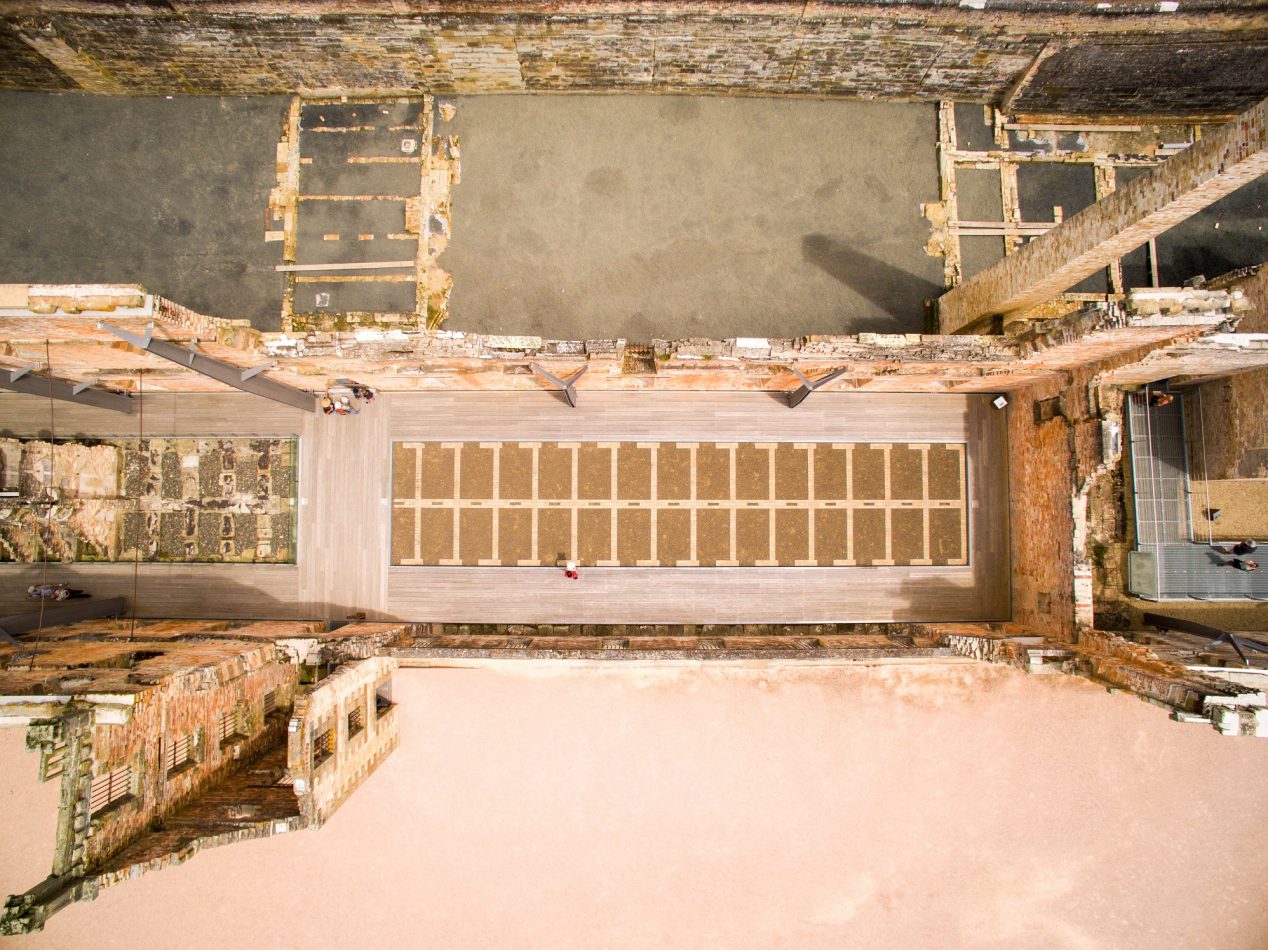Heritage management at the Port Arthur Historic Sites covers a broad range of programs and initiatives, ranging from conservation management, archaeology and interpretation, to our buildings and works program, maintaining our heritage grounds and gardens, and managing our extensive collections.
The Port Arthur Historic Site Management Authority (PAHSMA) is proud that the Port Arthur, Coal Mines and Cascades Female Factory Historic Sites are among eleven historic places that together form the Australian Convict Sites World Heritage Property.
The Australian Convict Sites were inscribed on the World Heritage List in 2010.
Consisting of eleven sites spread throughout Australia in Tasmania, New South Wales, Western Australia and on Norfolk Island, the Australian Convict Sites tell the epic story of Australia’s convict heritage.
Each site in the Property represents a different aspect of the convict system and are the most significant examples in Australia’s history of forced migration. Almost half of the Sites in the inscription are in Tasmania.
For technical reasons, Woolmers and Brickendon Estates are included as a single site but in reality they are two separate properties, which although adjacent, each offer their own unique visitor experience.
- Australian Convict Sites World Heritage Property
- Tasmanian World Heritage Sites
- World Heritage Nomination

Conservation
Projects and ProgramsIn 1980, a program of professional conservation management was established at the Port Arthur Historic Site – the first in Tasmania and one of the first in the country. This program established cooperative relationships between archaeology, interpretation, architecture and engineering at Port Arthur. Today, our team of conservation professionals and trades staff plan and carry out ongoing heritage and infrastructure works to protect the Port Arthur, Coal Mines and Cascades Female Factory Historic Sites.
Conservation of the sites is guided by State, National & International, guidelines, policies and procedures.
Archaeology
While our archaeological research is mainly focused on convict-related topics, the Aboriginal and post-convict archaeological values of our three sites are also acknowledged and managed.
Port Arthur has played an important role in the development of standards for historical archaeological practice in Australia, and continues to play a leading role in archaeological education and public engagement.
Buildings and Works
The heritage values of our historic sites are protected through conserving our standing historic structures and managing the site’s supporting infrastructure. Our skilled Buildings and Works crew takes care of much of this, including large work projects, and ongoing maintenance work.
Our initiatives, including technical workshops, and the promotion and use of traditional building methods, enables us to work with the broader conservation sector, and the Tasmanian community.
Collections
Our furnished houses contain collections of nineteenth century artefacts which help us to tell the story at Port Arthur – although only a few of those items originally came from here. We also have a small collection of material related to the tragedy of 1996, which is currently closed to the public.
While our historic collections database does not currently have public access, we’ll do our best to help you if you are researching convict artefacts or historic images. Contact us to find out more.
Grounds and Gardens
Our conservation staff, particularly the Grounds and Gardens crew, manage all conservation values and infrastructure requirements associated with the landscape, gardens, plantings and environment of our three historic sites.
This work includes managing natural bushland, fire risk and weed control. The crew is also responsible for the roads, tracks, paths and waste management at the sites.
Our grounds, gardens and bushland are some of the most popular experiences at the sites. As you explore Port Arthur Historic Site, make sure you spend some time in the reconstructed ornamental and vegetable gardens, which date from the 1850s to the early 20th century.
In contrast to Port Arthur, the bushland at the Coal Mines Historic Site is a thought-provoking setting for the ruins and relics of what was an ambitious and desperately harsh convict mining endeavour.
Interpretation
The self-guided audio experience at Port Arthur Historic Site provides our visitors with a broad overview of the main messages of the site and its history. You can find out more about the site by joining our other tours and activities. The story of Port Arthur is interpreted and shared in a range of ways – signs, spoken commentary, publications, plays, art, sound, film, and through participation in archaeological excavations.
At the Coal Mines Historic Site, you’re invited to explore at your own pace. The serene bushland setting is punctuated with the ruins of the original buildings, and echoes of stories from the past, woven through the landscape.
Our interpretive approach extends beyond the landscapes of the Port Arthur Historic Sites to provide an understanding of these places in ways that embrace their historical, geographical and social contexts.
Our interpretation is based on sound contemporary and scholarly research, and includes historic activities, structures, places and landscapes. It also includes a regular program of audience research, to help us continue to offer you the best possible experiences at these extraordinary historic sites.
Port Arthur Conservation Fund
Donate nowThe Port Arthur Historic Site does not generate enough money from its tourism operations to fully fund the conservation program for our three World Heritage-listed Historic Sites – Port Arthur, Coal Mines and Cascades Female Factory.
The Port Arthur Conservation Fund has been established to help organisations and individuals to contribute financially to the ongoing management of the sites. All support is welcome, and donations of $2.00 or more are tax deductible



